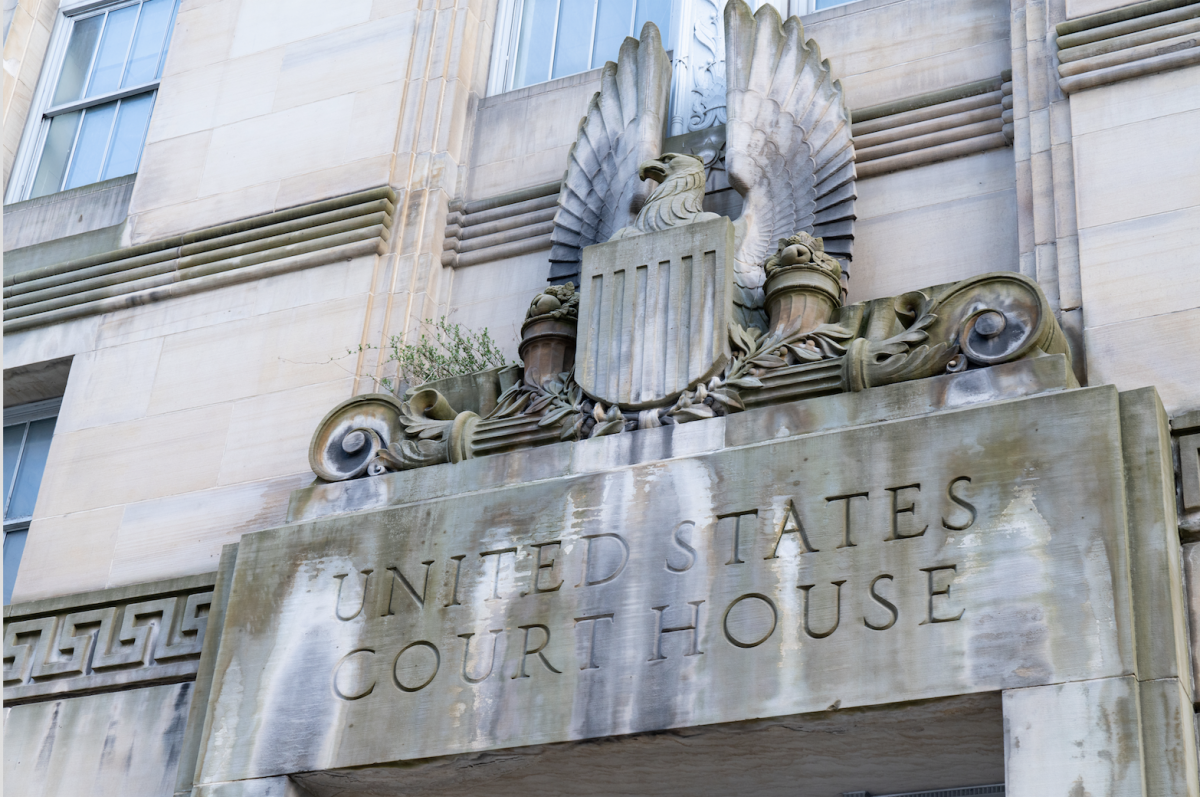
The Board’s (Almost Mandatory) Role in Form 990 Preparation
07.24.2024 | Linda J. Rosenthal, JD

The Eighth Circuit Court of Appeals recently issued an important ruling that has “major implications for nonprofit organizations” including the many groups around the nation that are organized – to a more or less degree – on the parent/subsidiary model.
In re The Archdiocese of Saint Paul and Minneapolis, Case No. 17-1079 (April 26, 2018) involved a scenario now, sadly, all too familiar: a deluge of sex-abuse lawsuits that resulting in a crushing financial burden for the defendant parent corporation, the Archdiocese. The claimants, as unsecured creditors in the Archdiocese’s federal bankruptcy proceedings, turned for relief to the over 200 separately incorporated, but affiliated, subsidiary groups: parish churches, schools, cemeteries, and the Catholic Community Foundation.
In this instance, the appellate court refused to subject the assets of these 200+ subsidiaries to cover the claims against the Archdiocese.
When the Archdiocese filed for bankruptcy protection, the convoluted procedures under the federal bankruptcy law were triggered. The unsecured creditors’ committee – comprising (mostly) abuse victims – asked the bankruptcy court to rule that the assets available for distribution must and should include those directly owned by the Archdiocese as well as those of the affiliated neighborhood churches, schools, and related organizations.
The legal theory through which the plaintiffs sought to have this broadened base of available assets is known as “substantive consolidation.” It is an “equitable” doctrine to achieve fairness.
The bankruptcy court is permitted to consider joining two or more otherwise separate legal entities, “combining all of their assets and liabilities into a larger bankruptcy estate.” When the goal is to compensate innocent victims of wrongdoing by a parent corporation, the assets of otherwise-separate legal entities that are affiliated with the parent may be considered and merged with the obligations of the parent.
In support of their argument that the pool of available assets should be broader than those owned directly by the Archdiocese, the claimants presented evidence of the many ways in which these subsidiary corporations had allowed – or, in some instances, even required – the parent organization to control their assets and activities for the Archdiocese’s benefit. The claimants, who were naturally sympathetic parties anyway, were also members of the local congregations or students at these religious schools, and had abundant evidence at their fingertips about how the Archdiocese and its subsidiaries were intricately intertwined.
The subsidiary organizations, of course, vigorously fought the efforts by the Archdiocese’s creditors to pull their assets under the umbrella of the parent group. They argued that the court applying the “substantial consolidation” doctrine here would be an unfair and improper end-run around the usual statutory procedure that requires a claimant to file an “involuntary bankruptcy” action against an entity other than the one which is formally before the court.
The Eighth Circuit Court of Appeals based its decision not to allow the claimants access to the broad pool of assets owned by the Archdiocese and its local affiliates – primarily – on federal bankruptcy code section 303(a). Under that statute, the “involuntary bankruptcy” procedures cannot be invoked against a “corporation that is not a moneyed, business, or commercial corporation.” The Court interpreted the phrase “not a moneyed” corporation as synonymous with “nonprofit.” Applying this language, the justices easily reached the conclusion that a “nonprofit corporation cannot be thrown into bankruptcy involuntarily.”
There is an exception to this general rule that can, in appropriate circumstances, be applied to give the parent-corporation’s creditors relief. The court considered this exception – the “alter-ego doctrine” – but refused to apply it in this case. A state-law doctrine, it is also sometimes referred to as “piercing the corporate veil.” When two or more affiliated corporations fail to adequately maintain their separate identities, the court will not respect that formality, either, and will allow creditors of one to recover the assets of the other.
Key factors considered in the usual alter-ego analysis are whether the distinctness of the entities has been blurred by – for example – commingling assets, not following corporate formalities, and the corporations holding themselves out as intertwined. In this case, the separate incorporation of each affiliate under state law was a key factor in the Court’s ruling not to apply the “alter ego” doctrine. Being separately incorporated does not always lead to the conclusion reached here, but when the converse is true – that is, the affiliates are not formed as separate legal entities – courts generally find it easy to rule that the alleged separateness of corporations should not be recognized under federal bankruptcy law.
“Nonprofit corporations cannot view the Eighth Circuit’s ruling as a ‘get out of jail free’ card with respect to bankruptcy.”
First, a ruling by this federal circuit court of appeals is binding only on the district courts over which it has jurisdiction: generally, those in Arkansas, Iowa, Missouri, Minnesota, Nebraska, North Dakota, and South Dakota.
Second, a court applying this “facts and circumstances” test in a different situation may come to a different conclusion. For this and many other reasons, a nonprofit corporation must be vigilant in maintaining the formal separateness of its legal status.
An interesting postscript: On May 31, 2018, the Archdiocese announced it will settle with some 450 victims for $210 million. It is the second highest amount paid out nationwide by the Roman Catholic Church.
